Manage Stormwater
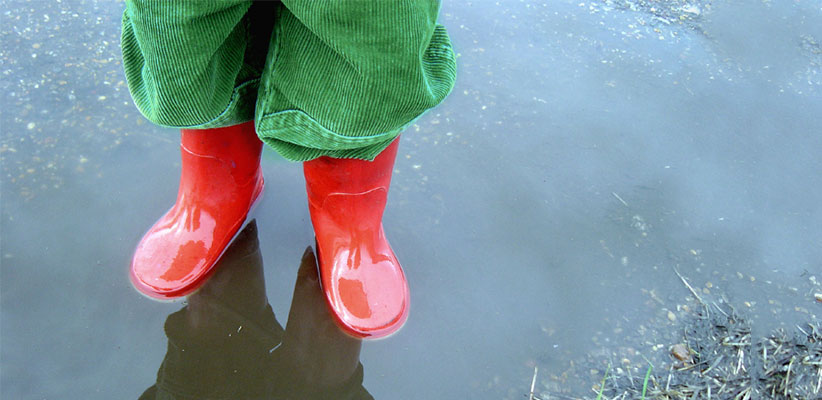
Did you ever wonder where all that water goes after a heavy rainstorm?
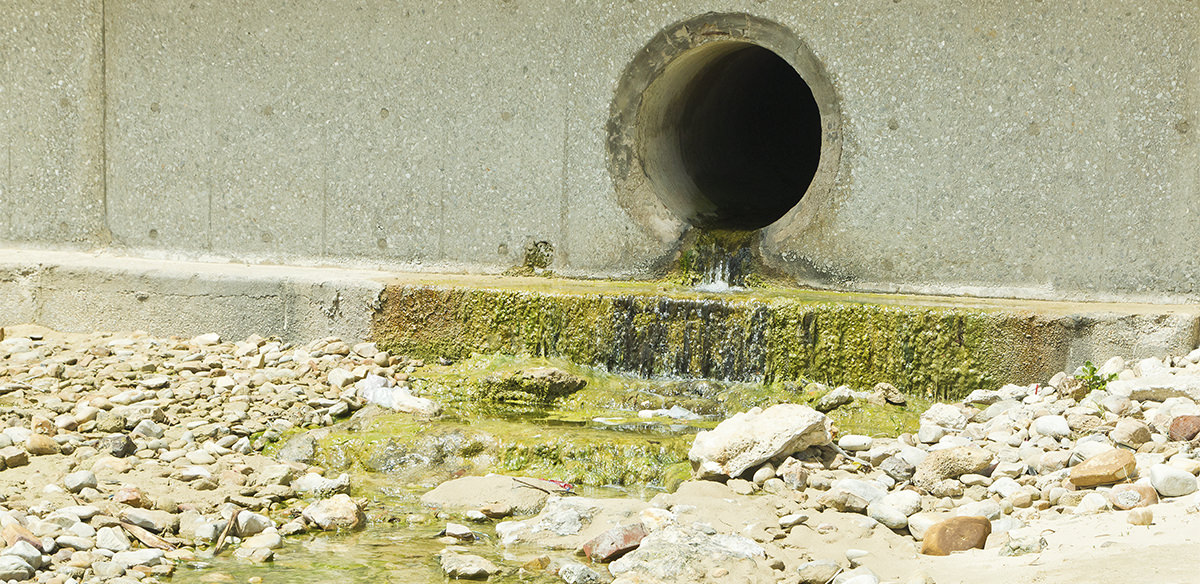
To keep city streets from flooding, rainwater from storms is transported by large pipes called storm sewers, or storm drains, to natural bodies of water or other areas where it will be absorbed.
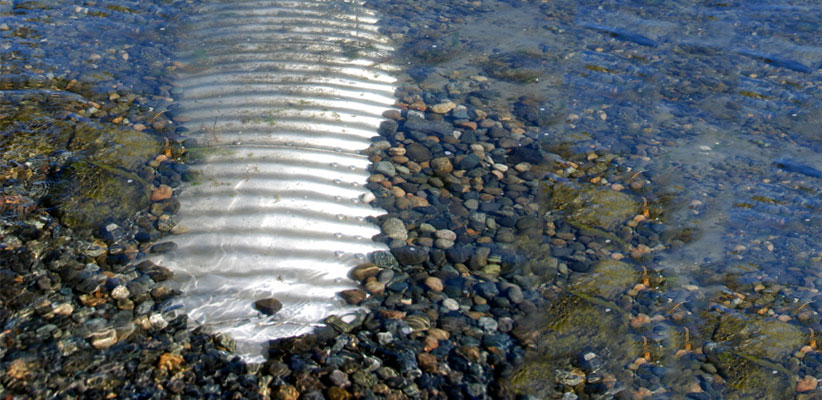
Chances are that whatever rain goes into a storm sewer winds up in your local stream and eventually your watershed.
Do you know what a watershed is?
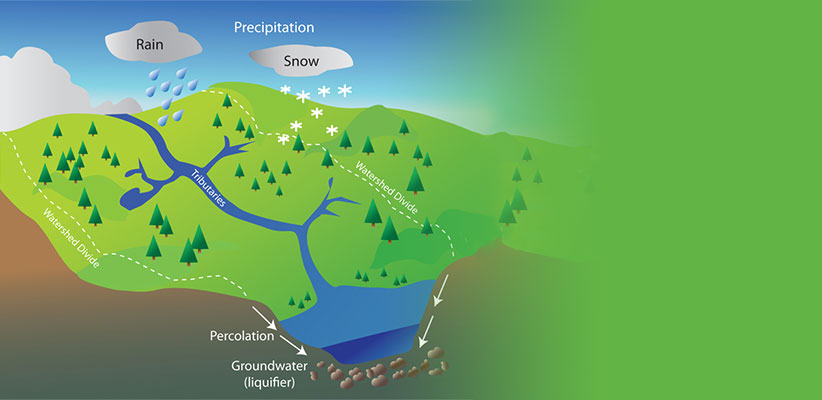
A watershed is the land that catches water from rain and then drains it into streams, rivers, lakes, or groundwater. We get our drinking water from watersheds. Protecting the watershed is an important part of keeping our water supply clean.
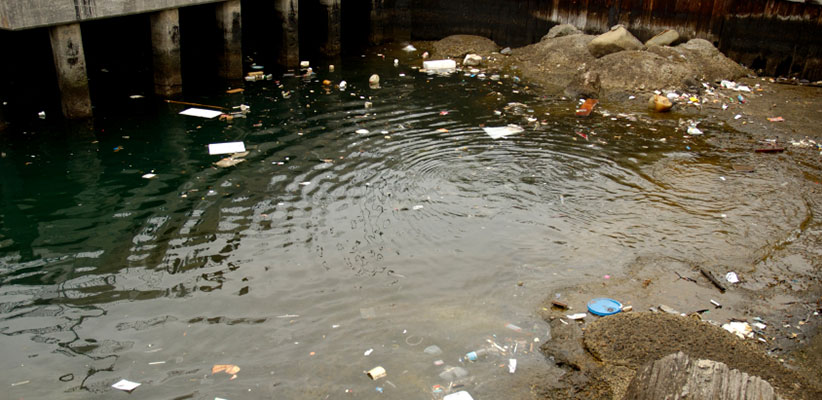
Streets, yards, playgrounds, industrial areas, and lakes and rivers are all part of the watershed. Trash or pollutants that get into streams eventually end up in our water supply.
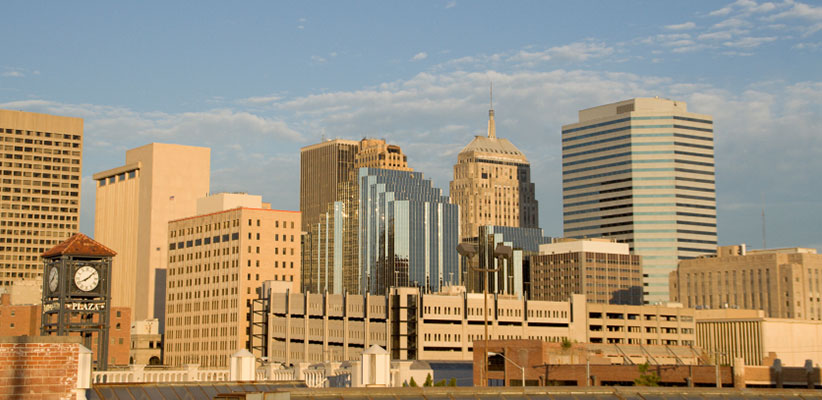
As cities grow, the trees and green spaces that naturally soak up and filter rain are often removed. As more development occurs, the natural land cover is replaced by roads, buildings, housing developments, and parking lots that have impervious surfaces.

An impervious surface is an artificial surface that doesn't allow water to flow through it.
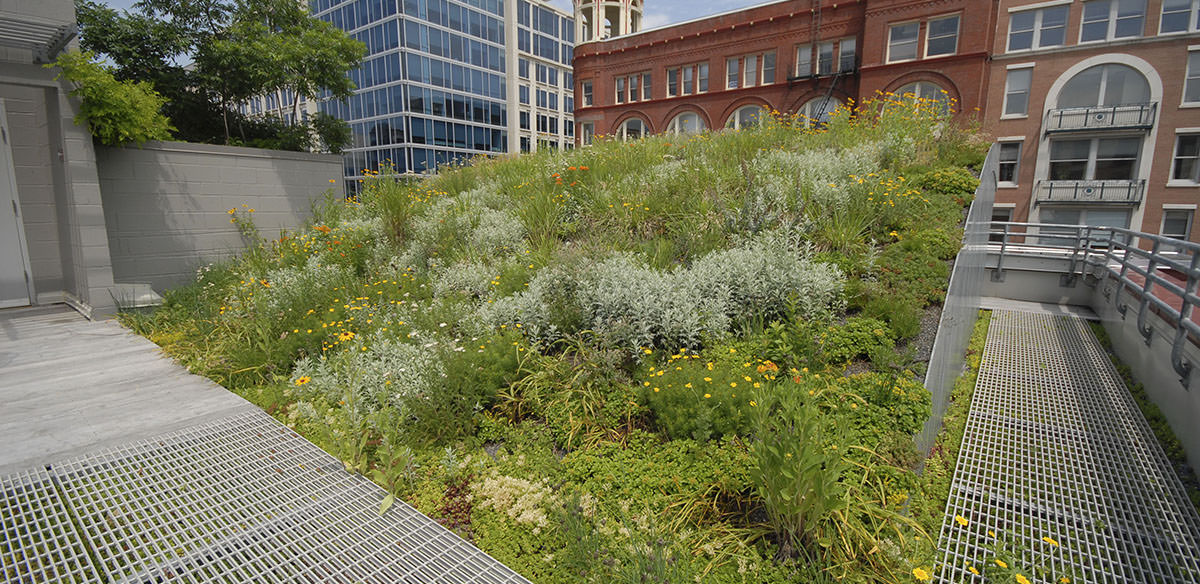
But a green roof creates an environment that absorbs water and also lets it flow through.
Do you know how a green roof is constructed?
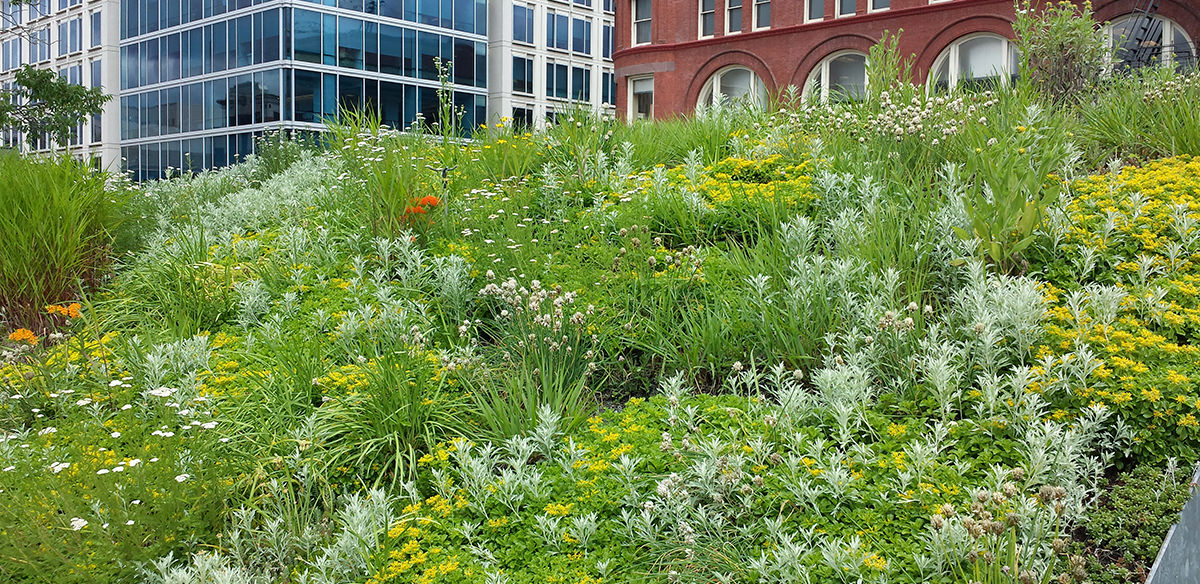
Green roofs are living roofs! They cover conventional roof surfaces, which are built to keep water from getting through, with living, breathing plant materials that absorb the water.
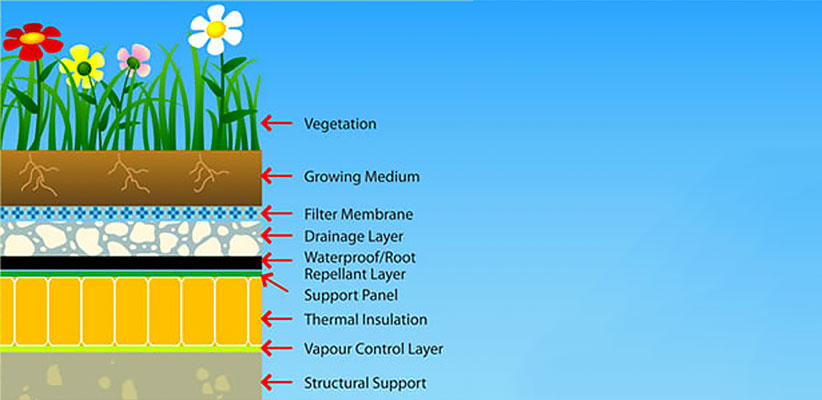
This illustration shows how a typical green roof is constructed. It is made up of plants, engineered soil, and a drainage layer over a waterproofing membrane. Additional layers, such as a root barrier, and drainage and irrigation systems may also be included.
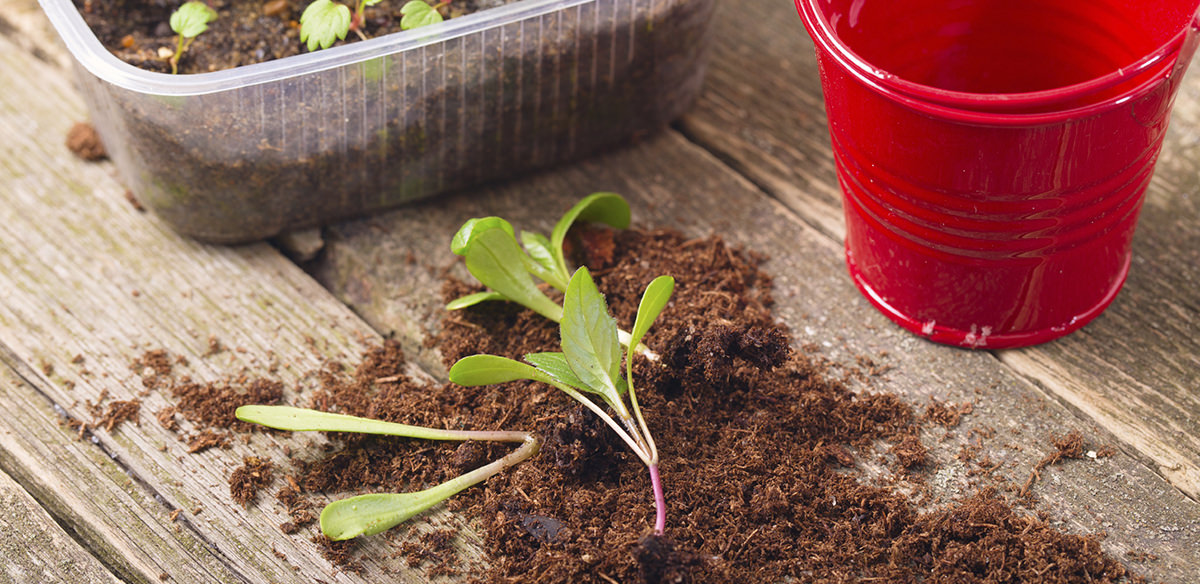
The soil used on a green roof is called "engineered soil" because it is specially made to be lighter in weight than regular garden soil. It's a lot like the soil you use for a potted plant.
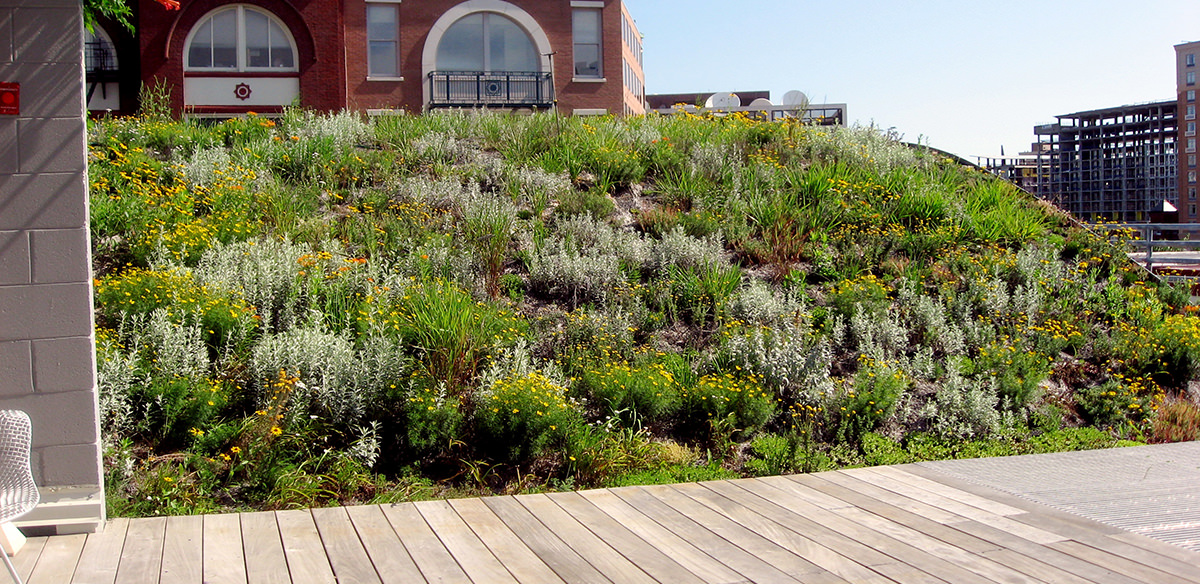
There are two kinds of green roofs — extensive and intensive. Extensive green roofs are light in weight and fairly inexpensive to construct and maintain. An extensive green roof usually has a thin (2 to 6 inch) layer of lightweight, engineered soil.
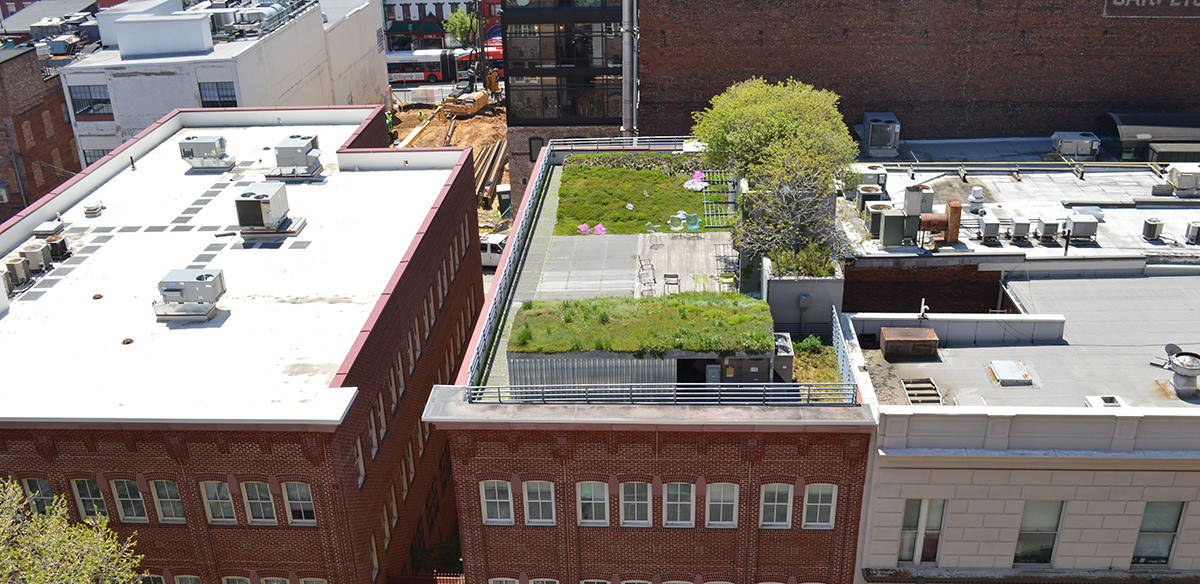
Intensive green roofs, also called high-profile roofs, are more like a ground-level garden. Their innovative design allows them to hold the weight of more soil. A wider variety of plants can be put on an intensive green roof since the soil is deeper (6 inches or more).
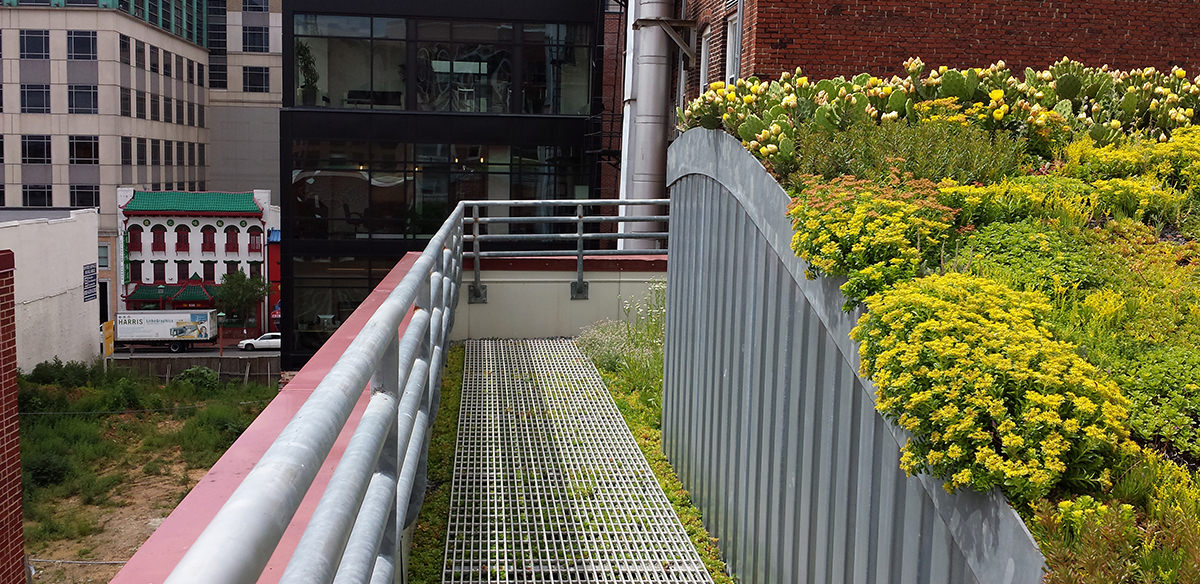
Green roofs protect the watershed by helping cities manage stormwater runoff.
- Plants and soil absorb rainwater and slow stormwater runoff into sewers.
- Plants and soil filter rainwater.
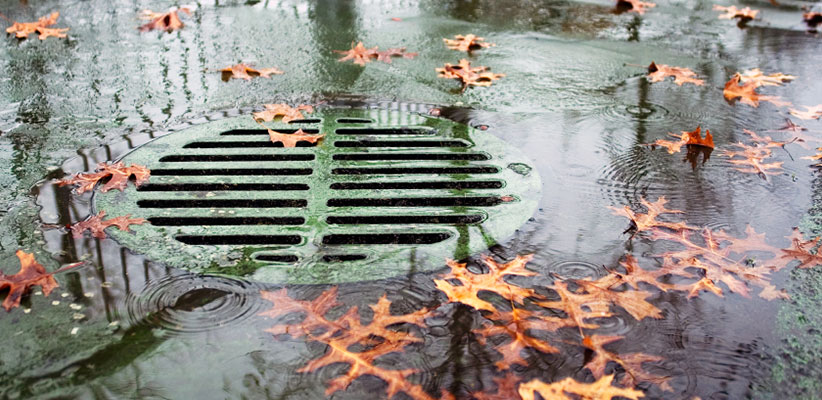
Stormwater runoff is water that flows over the ground surface to the sewer system. This happens when the ground is too saturated to absorb the water, if rainfall is very heavy, or when rain falls on an impervious surface such as a conventional roof or a parking lot.

Plants and soil absorb rainwater and slow stormwater runoff into sewers. Rainwater falling on the surface of a conventional roof quickly flows off the roof and into a storm sewer. When rain falls on a green roof much of it is absorbed by the plants and the soil.
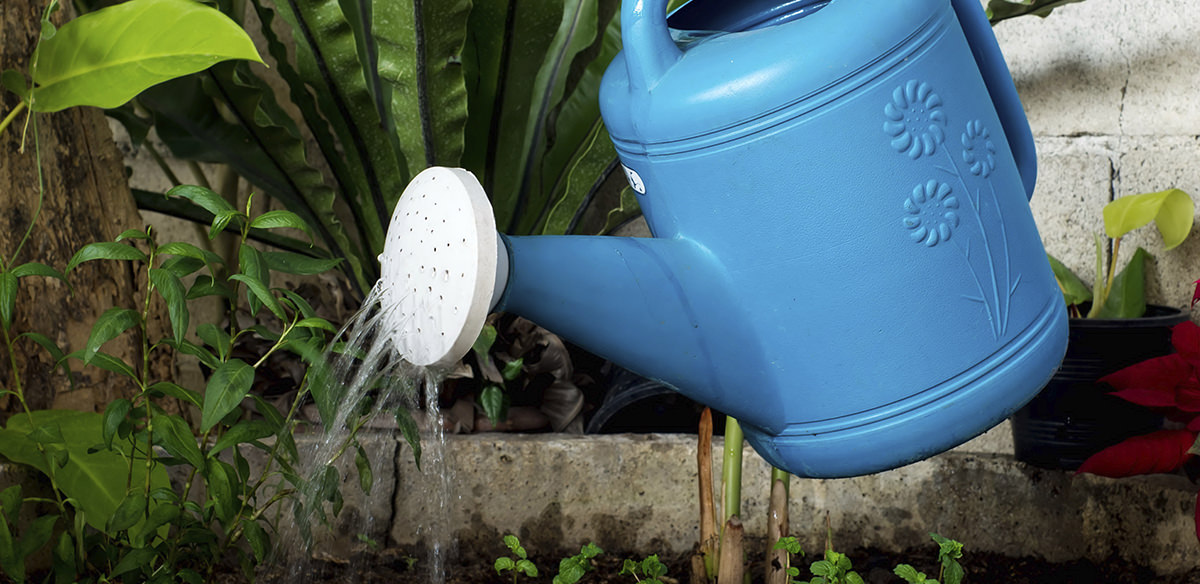
A green roof acts like a massive sponge. In the same way that water is delayed from draining when you water a potted plant because the soil absorbs the water, a green roof provides a delay mechanism that relieves pressure on a city's storm sewer system.
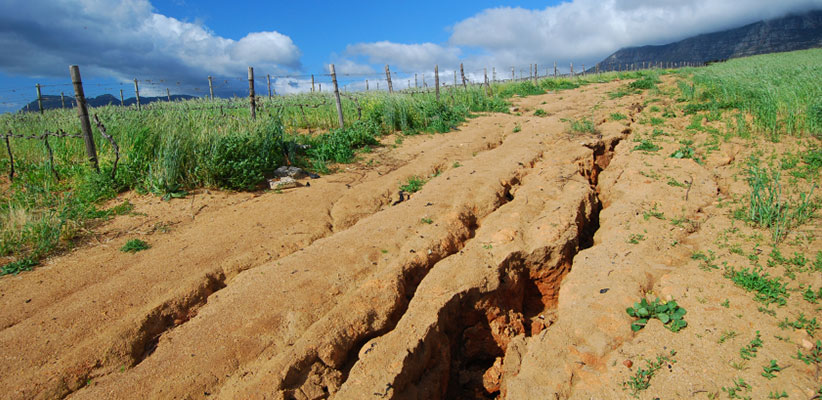
And, by reducing the volume of stormwater that runs off into the ground, green roofs help to control erosion.
The amount of rainwater a green roof absorbs depends on many factors — the depth of the green roof, the plant types, the city, and the season. Generally, in summer, 70 to 100 percent of the precipitation that falls on a green roof is absorbed. In winter, the absorption rate is 40 to 50 percent.
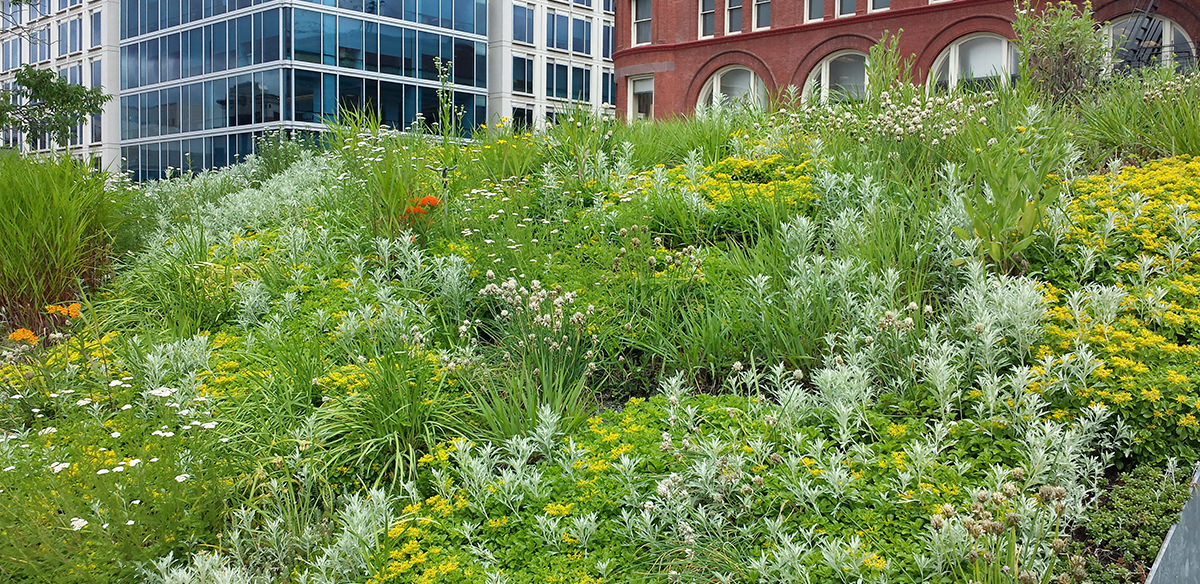
Plants and soil filter rainwater. Rainwater may contain things that are not good for the environment including elements like nitrogen (N) and phosphorus (P). A green roof's plants and soil filter these elements from rainwater and prevent them from getting into the watershed.
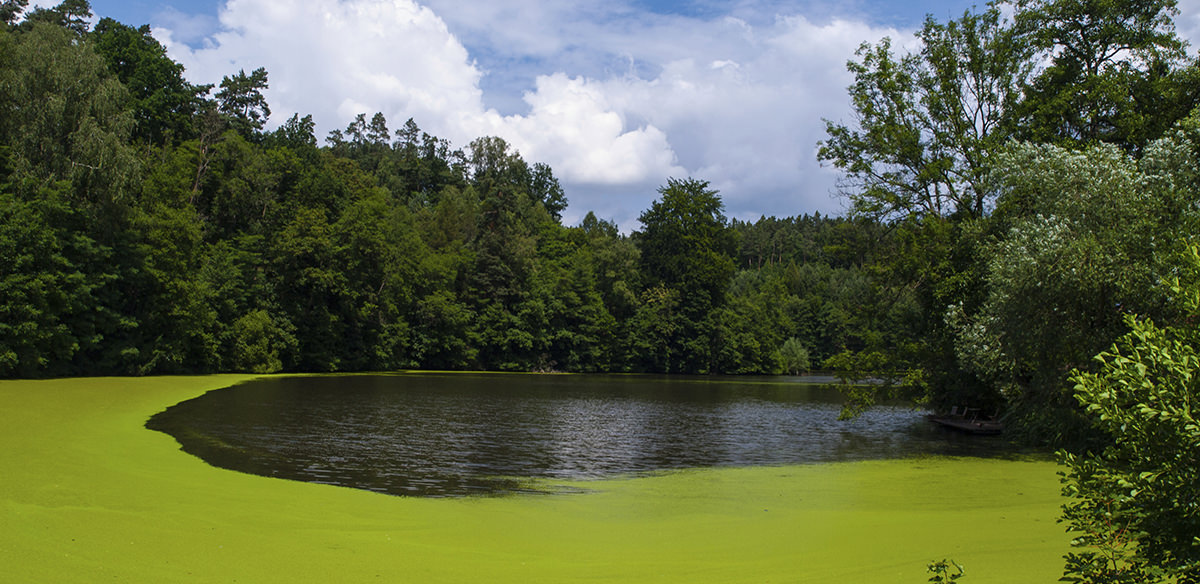
Too much phosphorus and nitrogen in a watershed stimulates the growth of excess algae.
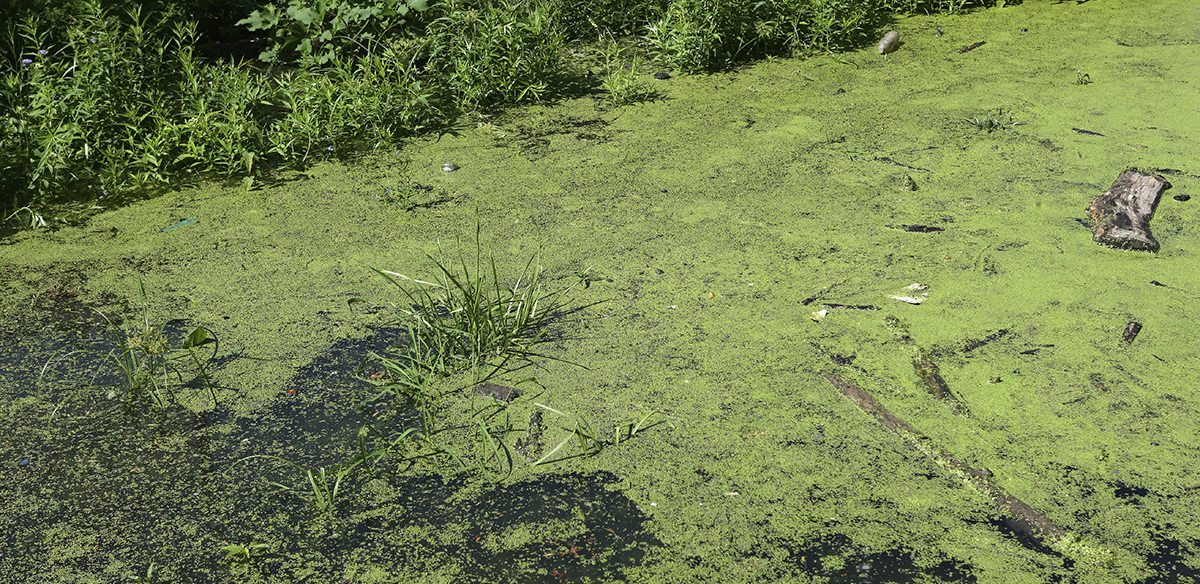
The algae attach to the leaves of aquatic grasses and plants and block sunlight from reaching these plants. If the plants and grasses die, the fish and animals that depend on them for food and shelter must go elsewhere.

Nitrogen and phosphorus aren't good for our watersheds, but they are good for plants. Nitrogen helps plants use carbohydrates to gain energy. This keeps the plants strong and healthy. Plants use phosphorus to store and transfer the energy produced during photosynthesis.
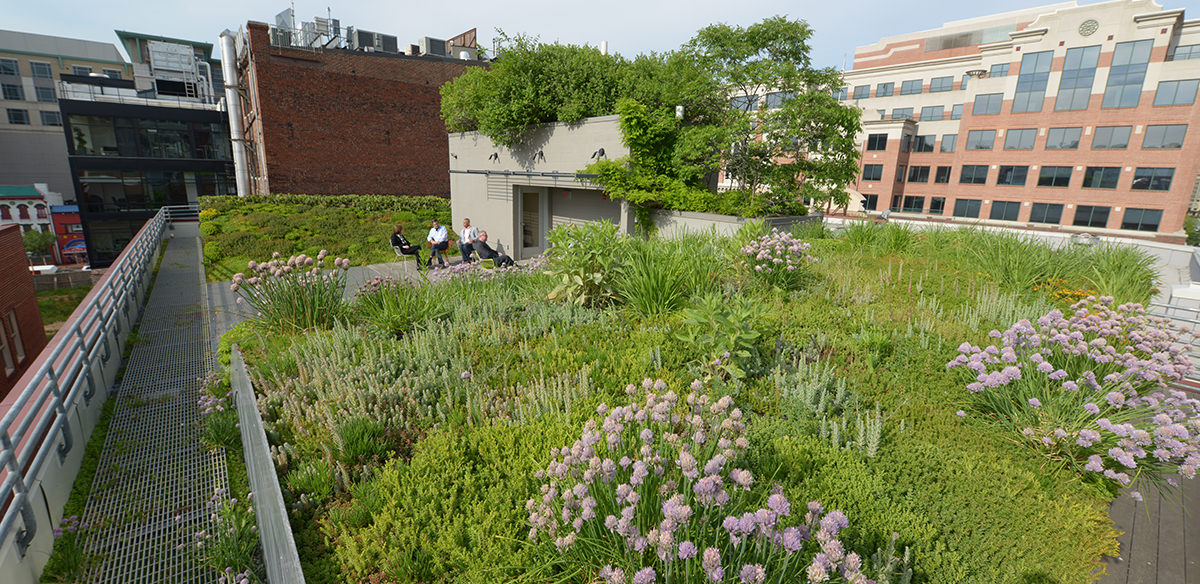
In the environment everything is interconnected. Did you ever think that putting plants on the roof could have so many benefits for people, animals, and our watersheds?
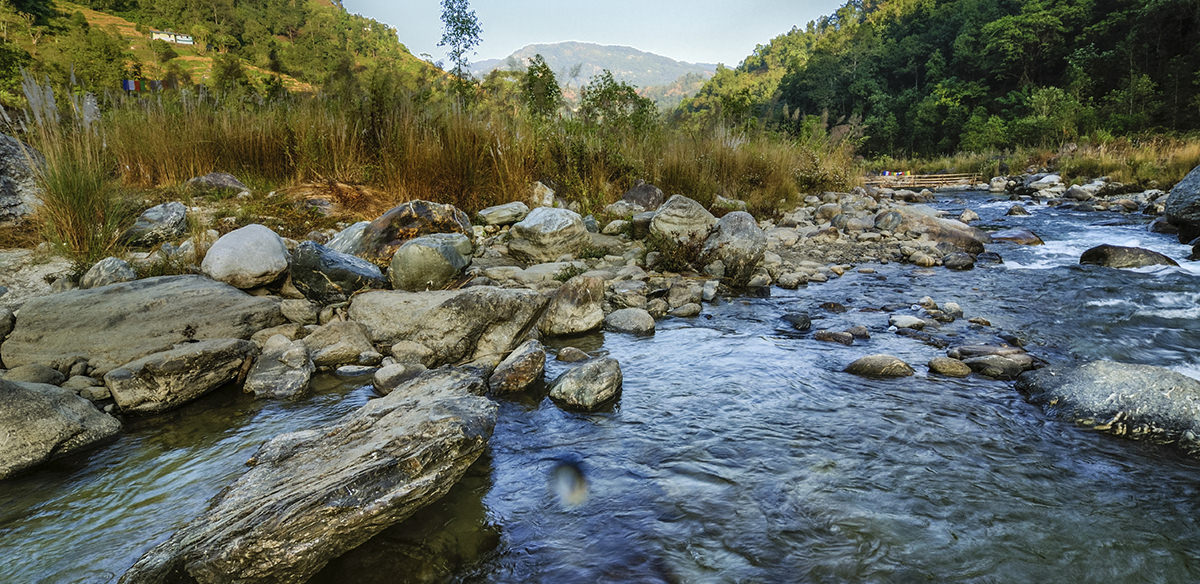
No matter where you live or play, you are part of the watershed! It's easy to take water for granted, but clean water is a natural resource we need to protect. There are simple things everyone can do.
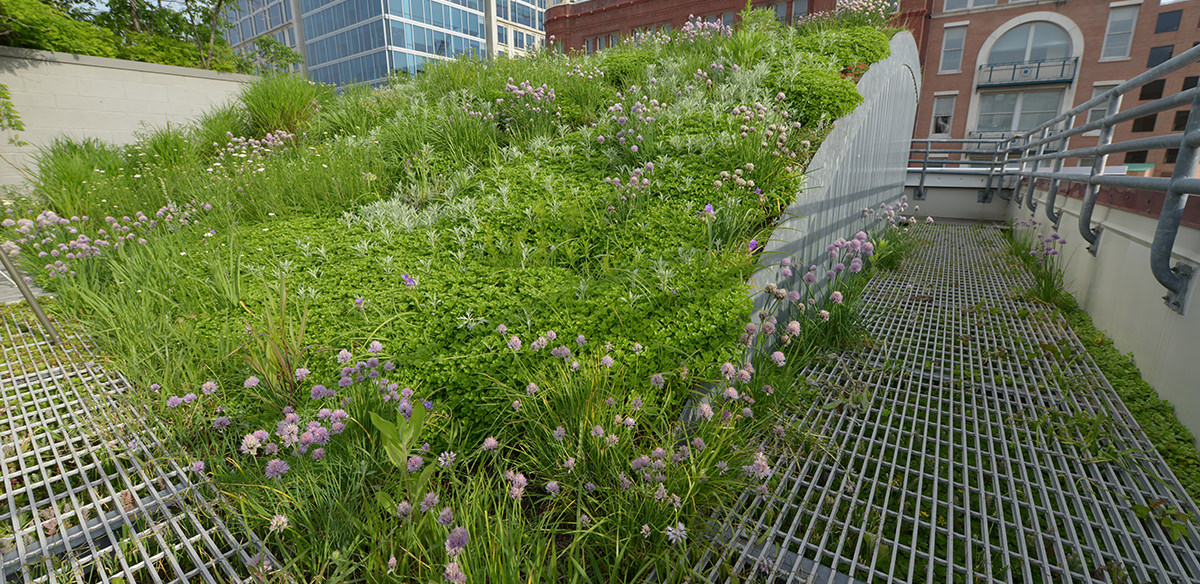
Planting a green roof is one way to help protect the watershed. There are many other ways too!
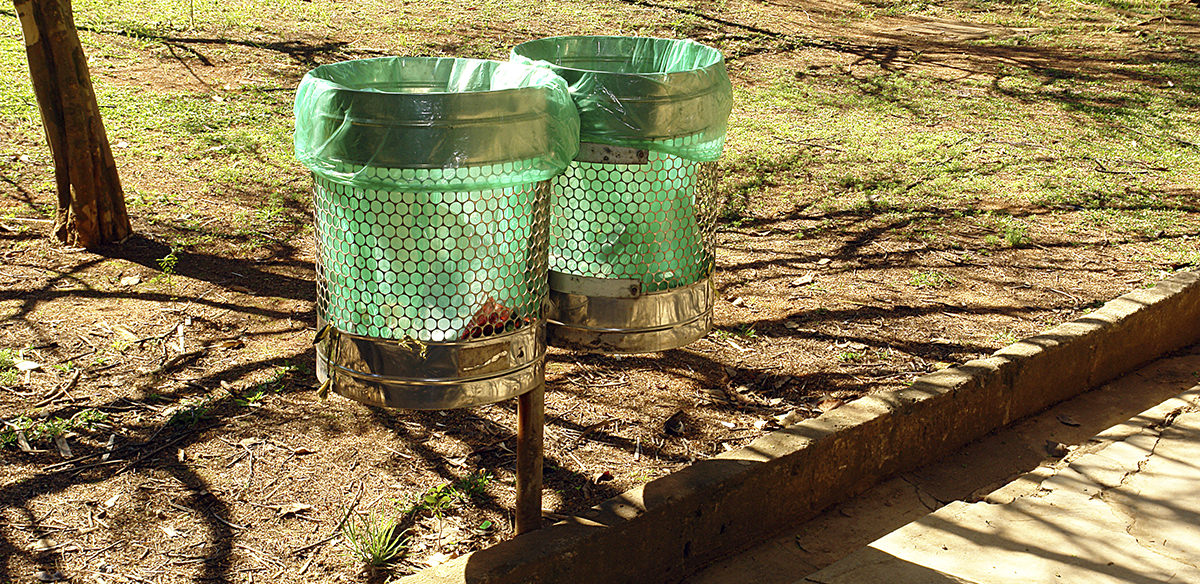
Recycle and dispose of all trash properly. Never flush items such as plastic wrappers or bandages down the toilet. Things that aren't biodegradable — that don't break down naturally — can damage sewers and wind up littering beaches and waters.
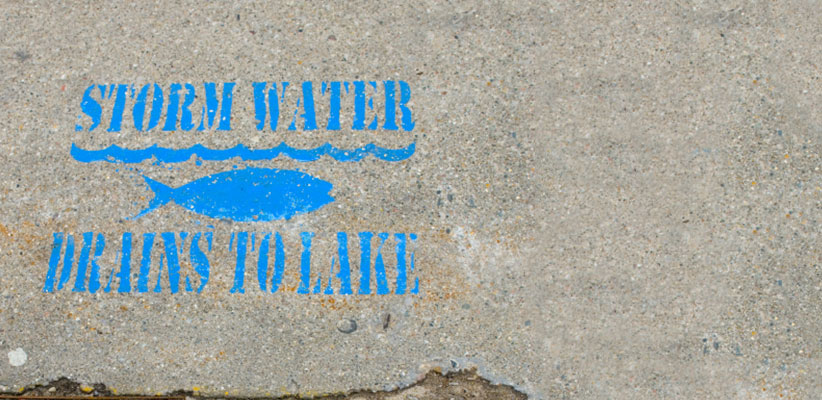
Never pour chemicals down sinks, toilets, or storm drains. Chemicals that we use in our homes every day — paint, cleaning sprays, weed killer, bug killer, and many others — should never end up in our water.
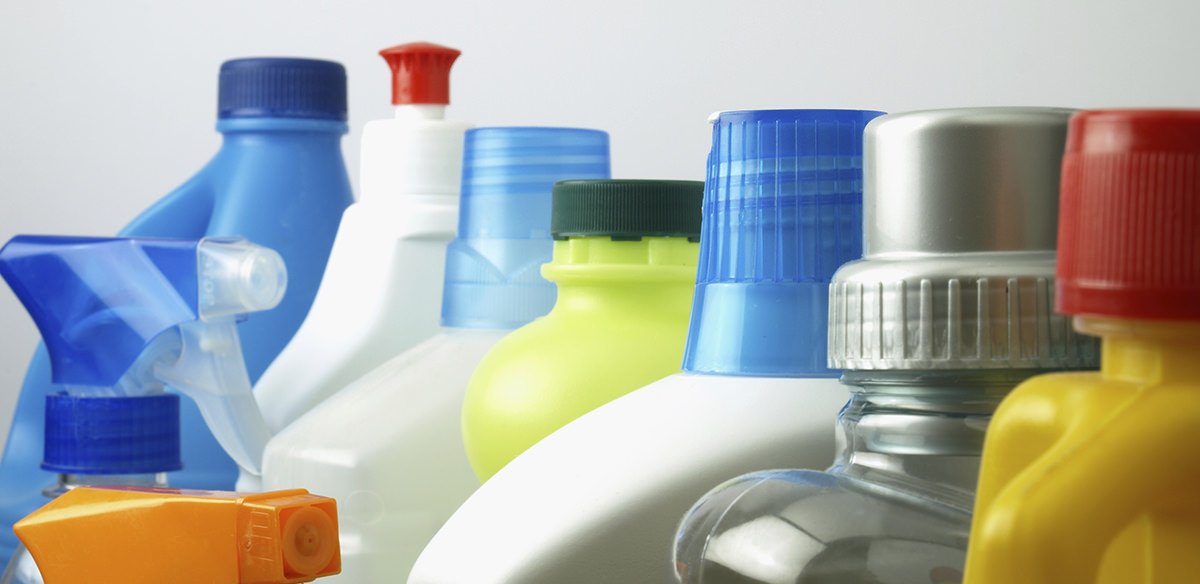
Read the label and call your city's waste disposal department to find out how to dispose of these products. Some places have special hazardous waste drop-offs where you can get rid of harmful products safely.

Partner with professionals. Get your teacher or principal to ask local, state, or federal agencies to partner with your school in supporting such environmental activities as storm drain stenciling, stream monitoring, environmental fairs, or creating a green roof!


The ASLA Green Roof Education Program is made possible by a grant from the National Endowment for the Arts and a generous contribution from the landscape architecture firm Lewis Scully Gionet, Inc.
Sponsored by ASLA | © 2016






























